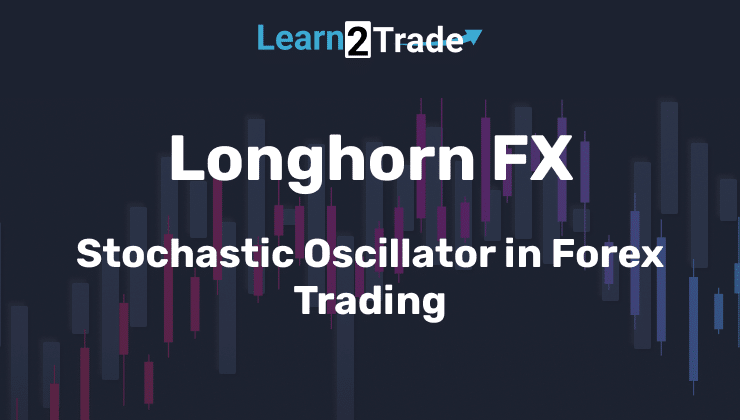The Stochastic Oscillator is a popular momentum indicator in forex trading, designed to identify overbought and oversold conditions in a currency pair. Developed by George Lane in the late 1950s, it compares a security’s closing price to its price range over a specific period, providing insights into potential price reversals.
What is the Stochastic Oscillator?
The Stochastic Oscillator consists of two lines:
- %K Line: This is the main line and measures the current closing price relative to the price range over a set period (usually 14 periods). It is calculated with the formula:
%K=(C−L14)(H14−L14)×100\%K = \frac{(C – L_{14})}{(H_{14} – L_{14})} \times 100%K=(H14−L14)(C−L14)×100
Where:- CCC = Current closing price
- L14L_{14}L14 = Lowest price over the last 14 periods
- H14H_{14}H14 = Highest price over the last 14 periods
%D Line: This is a moving average of the %K line, typically a 3-period simple moving average. It smooths out the %K line and helps identify trends.
%D=SMA of %K over 3 periods\%D = \text{SMA of } \%K \text{ over 3 periods}%D=SMA of %K over 3 periods

- Overbought (>80): Indicates that the currency pair may be overvalued and a reversal or pullback could be imminent.
- Oversold (<20): Suggests that the currency pair might be undervalued, potentially signaling a buying opportunity.
- Neutral (20-80): Represents a balanced market without extreme conditions.
Why Use the Stochastic Oscillator?
- Identifying Reversals: The primary use of the Stochastic Oscillator is to spot potential reversals by highlighting overbought or oversold conditions. When the %K line crosses below the %D line in the overbought zone, it might signal a selling opportunity. Conversely, a %K line crossing above the %D line in the oversold zone could indicate a buying opportunity.
- Timing Entries and Exits: By showing overbought or oversold conditions, the Stochastic Oscillator helps traders time their entries and exits. Combining it with other indicators or trend analysis can provide more accurate trading signals.
- Divergence Analysis: Divergences between the Stochastic Oscillator and the price action can signal potential trend reversals. For example, if the price makes a new high while the %K line does not, it could suggest weakening momentum.
Practical Application
Traders often use the Stochastic Oscillator alongside other technical indicators to confirm signals. For instance, combining it with trend indicators or volume analysis can provide a more comprehensive view of market conditions. This approach helps in making more informed trading decisions based on momentum and price behavior.
LonghornFX and the Stochastic Oscillator
When utilizing the Stochastic Oscillator, choosing a reliable broker is crucial for effective trading. LonghornFX stands out in this regard, offering competitive trading conditions with low spreads. Low spreads ensure that traders can execute their trades more efficiently, maximizing their potential returns and minimizing trading costs.
LonghornFX also provides high leverage options up to 1:500, allowing traders to scale their positions according to their strategies. Additionally, the broker’s fast deposits and withdrawals ensure that traders can quickly respond to market changes and implement their trading plans effectively.
In summary, the Stochastic Oscillator is a valuable tool for forex traders looking to gauge momentum and identify potential price reversals. Its ability to highlight overbought and oversold conditions, combined with a supportive broker like LonghornFX, which offers low spreads and high leverage, helps traders optimize their trading strategies and manage their positions with greater precision.